5 Seasonal Soil Fixes To Keep Winter Pests at Bay and Prepare the Ground For Spring
Control pest populations with these fall soil amendments
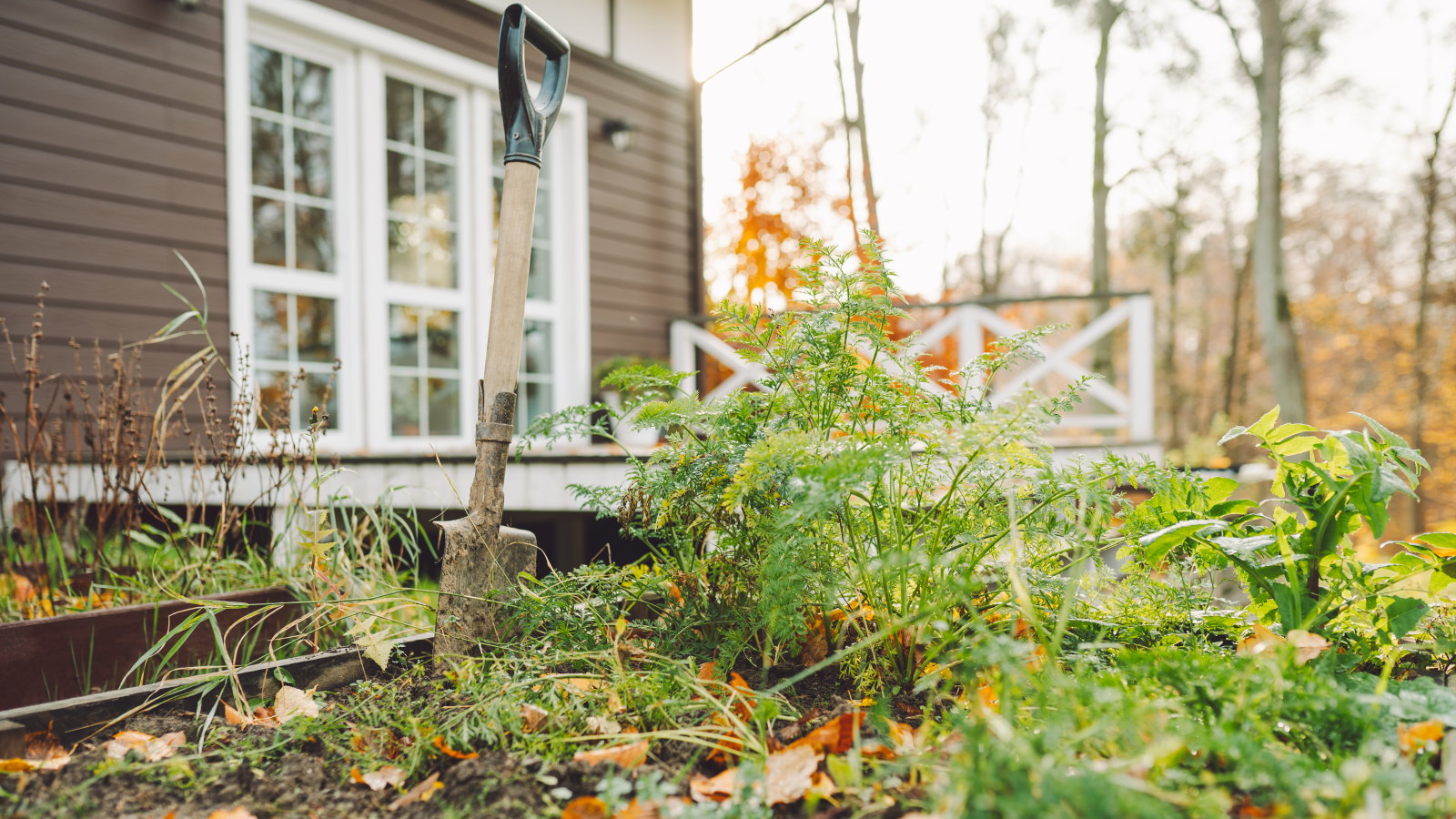

Well-managed healthy soil is essential for a productive garden. As we approach the end of a growing season, there are steps you can take to maintain your soil's health and minimize potential pest problems next year.
From adding organic matter to ensure a thriving ecosystem in your soil, to growing cover crops or harnessing the power of natural pests, there are simple fall soil amendments to discover that make a huge benefit to the overall health of your garden.
If you are putting soil health at the top of your fall gardening checklist, here are a few seasonal soil fixes to discover that help prepare your ground for spring and disrupt the lifecycle of unwanted pests.
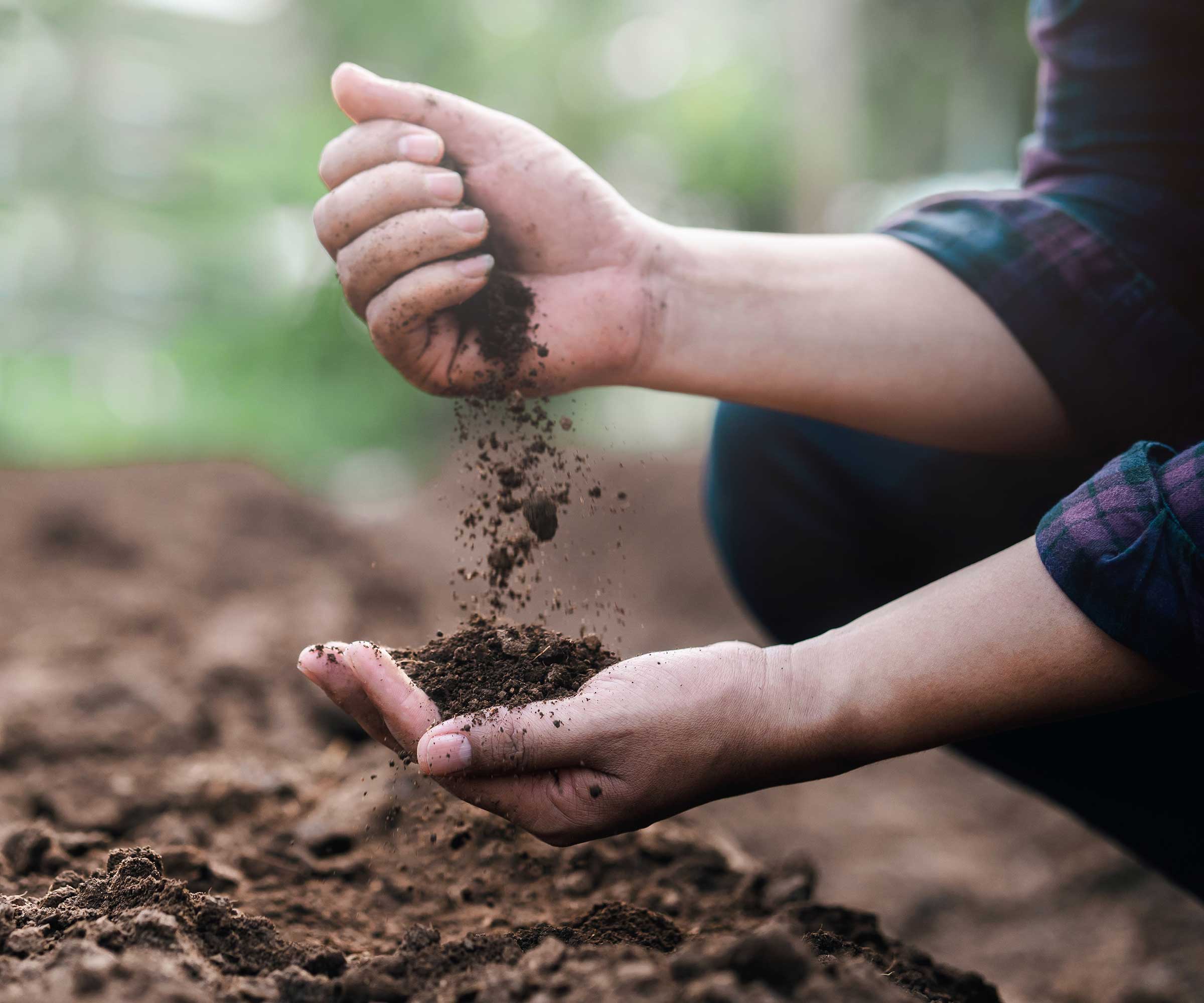
Fall Soil Amendments to Boost Nutrients and Combat Pests
This season is an ideal time to test your soil and check its nutrient and pH levels after a hard growing season. After the rigours of the season, the soil can be short of resources, and a test will highlight any imbalances that can be fixed with soil amendments before spring.
You can check your soil using a professional soil test kit like this at Amazon, which measures 13 plant-available nutrient levels.
Some of the following fall soil amendments add nutrients to the soil and help reduce pest problems, while others focus solely on ridding the soil of unwanted pests. However, they all do make a difference and are worth adding to a to-do list this fall.
1. Add Compost or Well-Rotted Manure
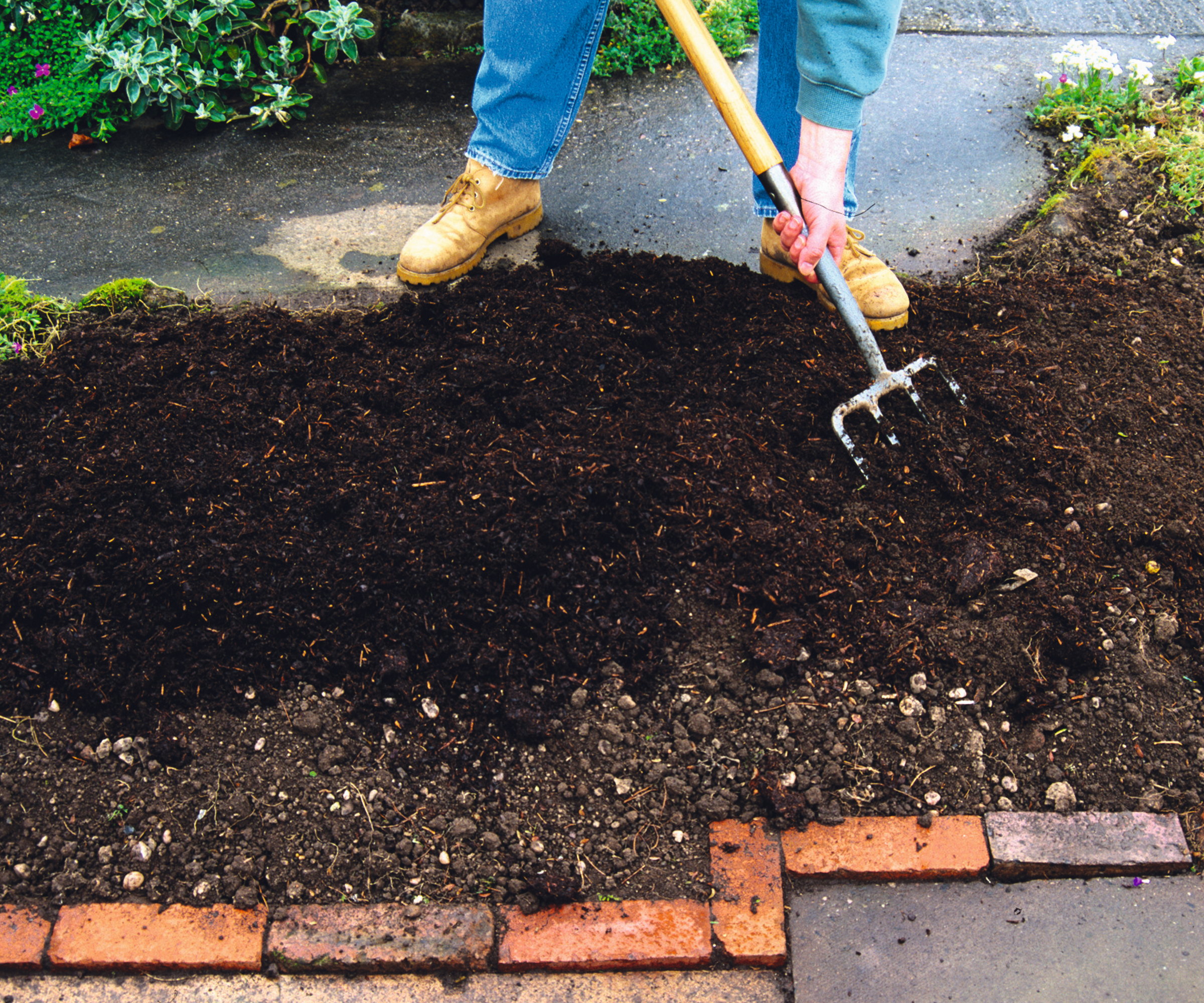
Healthy soil is full of life, and such a thriving ecosystem supports natural predators in the soil. Keep a healthy soil, and the likes of nematodes, predatory mites, and spiders will prosper, and they can help by eating soil-dwelling pests like aphids, grubs, and fungus gnat larvae.
Design expertise in your inbox – from inspiring decorating ideas and beautiful celebrity homes to practical gardening advice and shopping round-ups.
Fall is an ideal time to add nutrient-rich compost or well-rotted manure to your soil. Such organic material helps boost soil nutrients and maintain a rich ecosystem, which includes fungi, bacteria, earthworms, insects, and more.
You can either incorporate the organic matter into the soil or add a 2-3 inch layer of mulching materials and let it mix into the soil naturally.
It is important only ever to use well-rotted manure. Adding fresh manure can burn plant roots and harm the soil's ecosystem.
This 40-pound bag of blended compost and manure available at Walmart makes an ideal mulch for smaller gardens.
2. Remove Debris to Prevent Overwintering
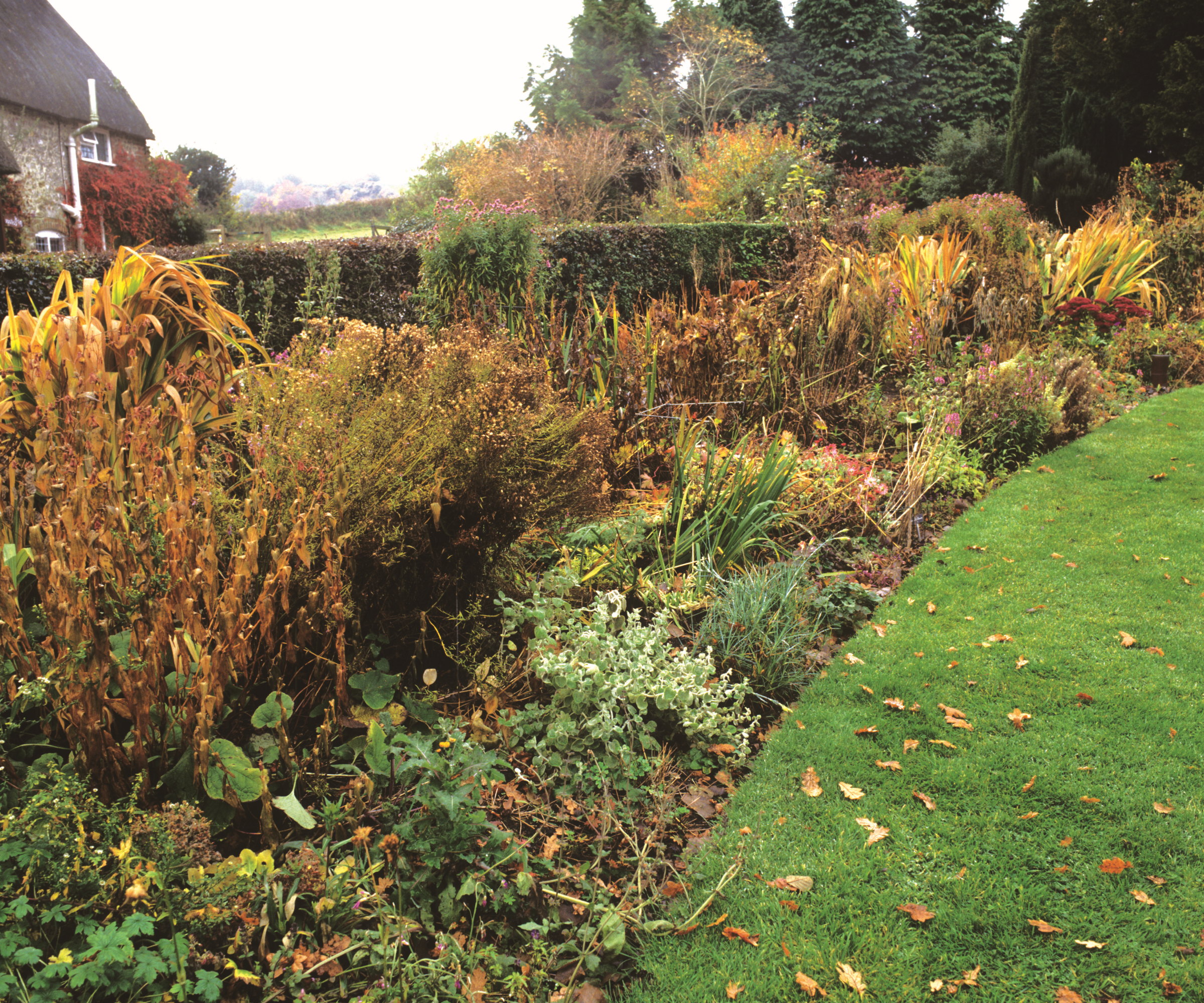
There are a surprising number of pests that overwinter in plant debris left sitting on the soil. The likes of squash bugs, aphids, spider mites, slugs, snails and beetle larvae can survive the coldest months tucked up in old debris or leaf litter.
This old garden material provides them a warm, protected spot for winter, allows them to breed, and can even provide food to see them through until spring. So don't leave piles of old stems or leaves sitting on the soil throughout winter.
While it may seem like an effort to clear them away, you are doing pests a favor by leaving them in situ for long periods of time. It won't take long to head out with a garden rake or fork to collect all the material into a bucket and remove it from the soil.
If the material looks disease-free, use it to make compost. However, if it appears infested with fungi or pathogens, it is safer to discard it rather than risk spreading disease problems.
3. Gently Till the Soil
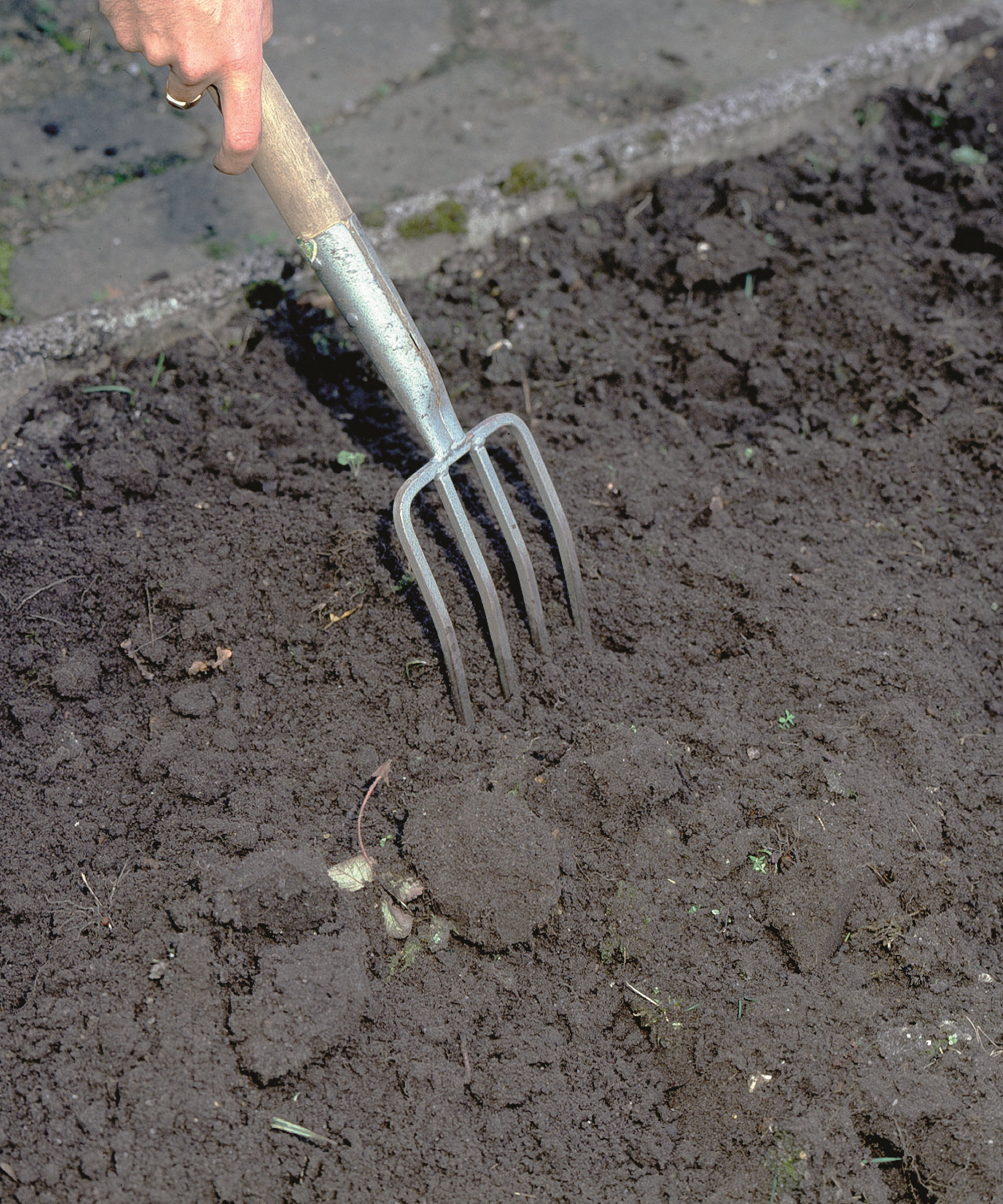
Lightly turning the top few inches of soil can help reduce pest populations by disrupting their habitats and leaving them vulnerable to predators and weather.
Just agitating the top 2-4 inches can be enough to expose insect eggs and larvae just under the surface of the soil. It makes them susceptible to natural predators, such as birds, and also freezing temperatures.
It is best to do this before the ground freezes. Tilling can be a laborious task, and whether you choose to do this may depend on the size of your plot. Tilling the soil can be done manually with a garden fork or a machine, like this electric garden tiller and cultivator at Amazon.
If you do no-dig gardening and don't till the soil, you can pick certain mulches that are known to repel winter pests. Such as using seaweed in the garden, which has jagged edges when it dries, that agitates slugs and keeps them away from the area.
4. Add Beneficial Nematodes
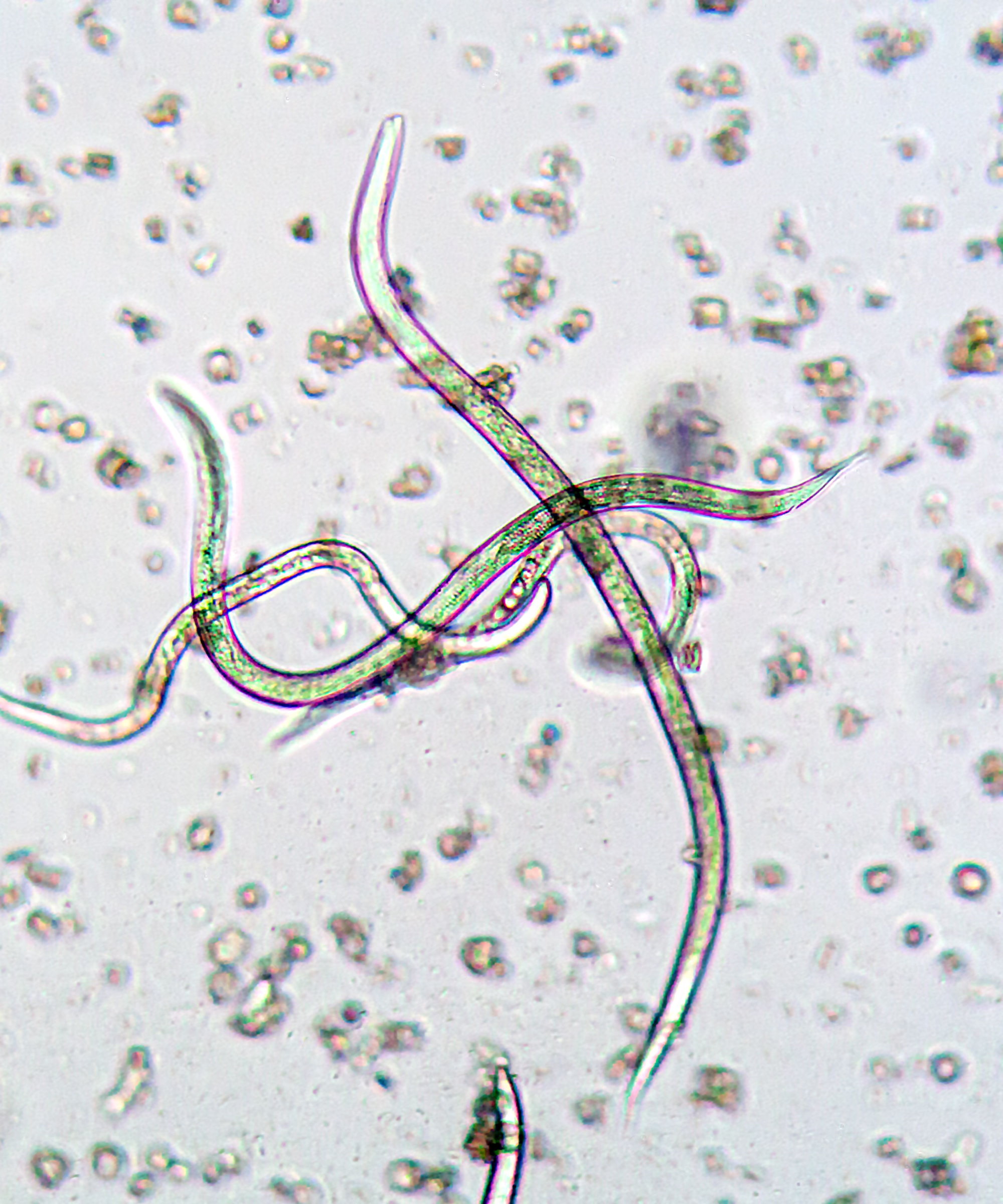
These small-but-mighty microscopic organisms are great for natural pest control and can be added in the fall, provided the soil is not frozen and has a temperature above 41°F.
The beneficial insects feed on soil-borne insects and pests, including fungus gnats, caterpillars, flea beetles, slugs, and more. Different species of beneficial nematodes target set pests, seeking out their prey, reproducing inside of it, and killing the target within 24-48 hours. They can have an effect on pest populations within the soil within a week.
Beneficial nematodes are dormant within their packaging and are mixed with water and applied to the soil. And this mix of live beneficial nematodes at Amazon can guard against over 200 soil-dwelling pests.
Another useful suppressant that can be added to the soil in the fall is diatomaceous earth. It is made from the fossilized remains of aquatic organisms, and its jagged edges pierce soft-bodied pests like aphids, mites, ants, and earwigs, causing them to dehydrate and die.
Diatomaceous earth can be used on the soil around plants, and you can get food-grade diatomaceous earth at Amazon to add to the soil this fall.
5. Plant Cover Crops
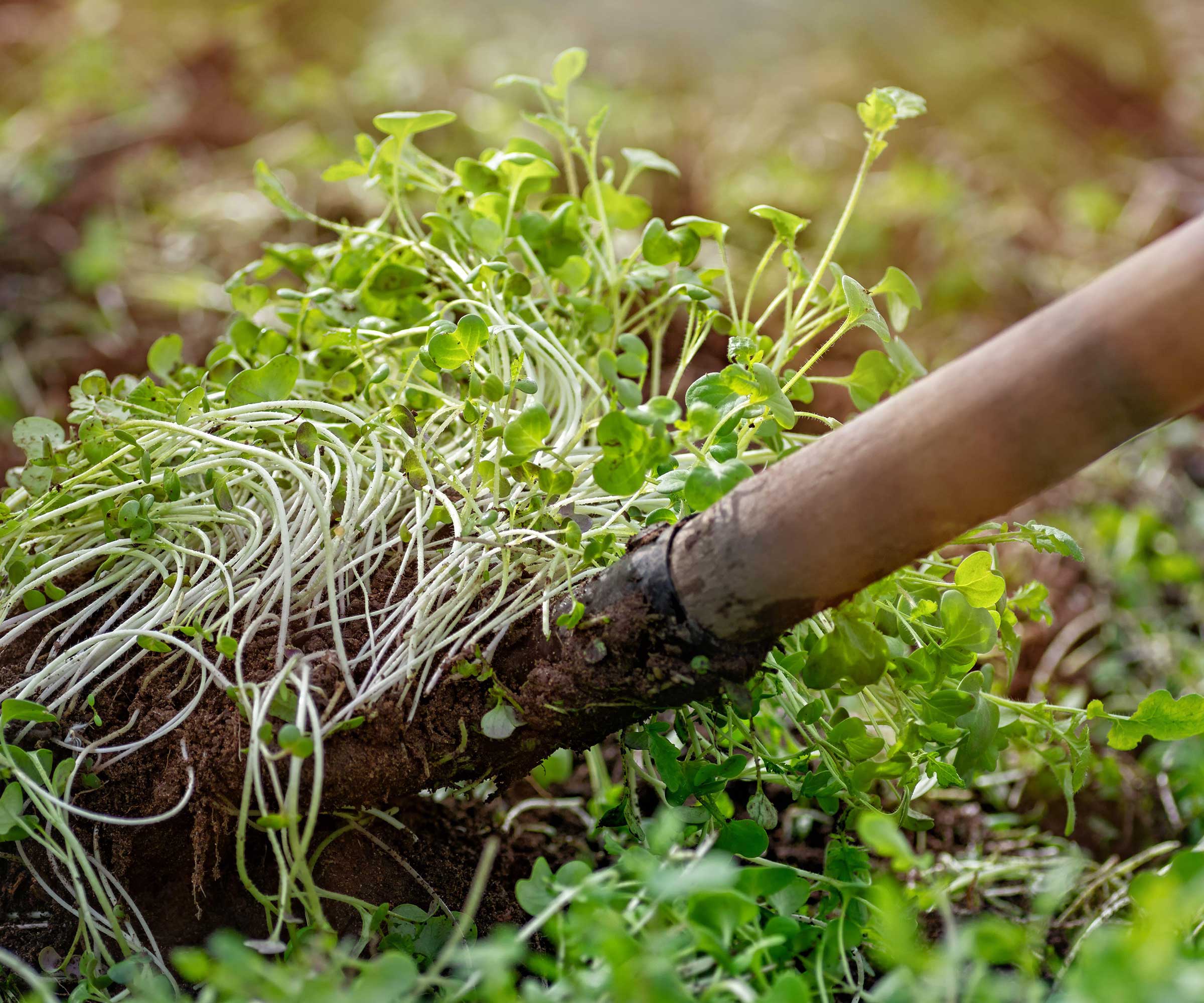
Cover crops, also known as green manures, are a great way to prepare garden soil for spring, as they can maintain or even improve soil health, and some can actively help against soil-borne pests and diseases.
Overall, cover crops offer many benefits. They are a great form of organic weed control, they prevent erosion, and keep the soil healthy. Planting a cover crop benefits all the life in the soil, including the relationship between plants, bacteria, and fungi underground.
Retaining healthy soil is fundamental, as it ensures a place for beneficial predators. Those pest-eating predators can also reside in the cover crop over the winter, plus other predators can be attracted to certain green manures when they start blooming in spring.
Some green manures are biofumigants, and release compounds into the soil as they break down that help combat soil-borne pests and pathogens. The most common of these is mustard, a fast-growing green manure that can be chopped and dug back into the soil within six weeks of germinating. The compounds are released as the plant breaks down, helping to reduce pest populations in the soil.
If you want to sow mustard green manure in the fall, it ideally wants to be done 4-6 weeks before your first hard frost. You can get mustard green manure seeds at True Leaf Market to sow.
It also pays to think ahead to combat pest and disease problems by planning out a crop rotation. Moving crops around a vegetable garden keeps the soil healthy and breaks any build-up of pests and diseases in the soil that come from growing the same crops in the same space year after year. I also recommend including green manures in your rotation, which goes even further to ensuring fantastic, healthy soil that your crops will thrive in.
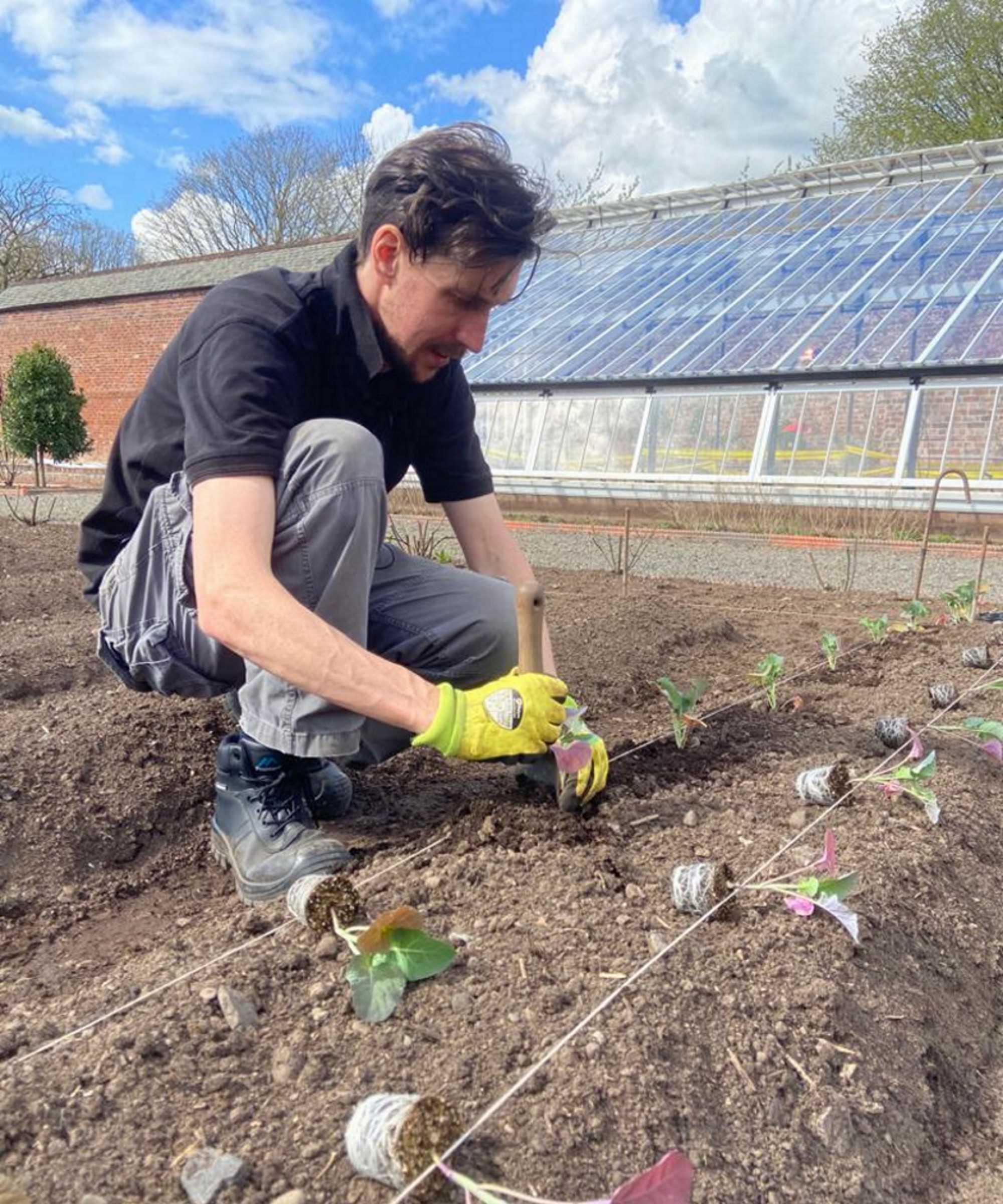
Drew has worked as a writer since 2008 and was also a professional gardener for many years. As a trained horticulturist, he worked in prestigious historic gardens, including Hanbury Hall and the world-famous Hidcote Manor Garden. He also spent time as a specialist kitchen gardener at Soho Farmhouse and Netherby Hall, where he grew vegetables, fruit, herbs, and cut flowers for restaurants. Drew has written for numerous print and online publications and is an allotment holder and garden blogger. He is shortlisted for the Digital Gardening Writer of the Year at the 2025 Garden Media Guild Awards.